Last week, the world witnessed a significant milestone in aviation history as Boom Supersonic's XB-1 supersonic demonstrator aircraft pierced through the sound barrier, achieving speeds faster than the speed of sound. This remarkable feat has not only captured the imagination of aviation enthusiasts but also reignited the conversation about the future of supersonic travel. After nearly two decades since the Concorde's retirement in 2003, Boom's XB-1 has become the first piloted non-military aircraft to break the sound barrier, heralding a potential new era of faster-than-sound passenger travel.
But what exactly is supersonic travel, and why has it remained a niche pursuit despite its allure of drastically reduced flight times? To understand this, we must delve into the science and history behind supersonic flight.
The concept of supersonic travel revolves around the Mach number, a dimensionless quantity that represents the ratio of an aircraft's speed to the speed of sound in the surrounding medium. When an aircraft flies faster than the speed of sound, it is said to have "broken the sound barrier," achieving Mach numbers greater than 1. This is a significant threshold because, as an aircraft moves through the air, it creates disturbances that propagate at the speed of sound. In supersonic flight, these disturbances coalesce into shock waves that envelop the aircraft.
One of the most striking phenomena associated with supersonic flight is the sonic boom. When an aircraft travels at supersonic speeds, the shock waves it generates propagate to the ground, creating loud, explosive noises that can shatter windows and cause structural damage. This is why fighter jets, which can reach speeds of around Mach 2, are often heard only after they have passed overhead. The sound waves are trapped within the shock wave, and observers on the ground hear the noise only when the shock wave reaches them.
In contrast, most commercial passenger jets cruise at subsonic speeds, around Mach 0.8, to optimize fuel efficiency and minimize the risk of sonic booms. However, the allure of supersonic travel lies in its potential to significantly reduce flight times. For instance, Boom Supersonic envisions its Overture airliner, capable of reaching Mach 1.7, cutting the travel time from New York to Rome from eight hours to just four hours and 40 minutes. This represents a revolutionary shift in how we perceive long-haul travel.
The quest for supersonic passenger travel began in earnest in the mid-20th century, with ambitious projects aiming to revolutionize air travel. By the 1970s, two notable supersonic airliners emerged: the Russian Tupolev-144 and the Franco-British Concorde. The Concorde, in particular, captured the public's imagination with its sleek design and impressive speed, cruising at Mach 2 and reducing the travel time from London to New York to just three hours.
However, despite its technological marvel, the Concorde faced numerous challenges that ultimately led to its demise. One of the most significant issues was its fuel inefficiency. Designed to cruise efficiently at supersonic speeds, the Concorde consumed vast amounts of fuel during takeoff and acceleration. This made it an expensive proposition, with ticket prices often prohibitive for the average traveler. Additionally, the 1973 Paris air show crash of the Tupolev Tu-144 raised safety concerns, further dampening public enthusiasm for supersonic travel.
Another critical factor was the sonic boom. The loud disturbances caused by supersonic flight led the United States government to ban supersonic passenger flights over land in the early 1970s. This severely limited the Concorde's potential market, confining it to trans-Atlantic routes over water. The Concorde's loud takeoff, necessitated by its high thrust requirements, also contributed to its negative perception.
Ultimately, only 20 Concordes were manufactured out of the planned 100, and it remains a subject of debate whether the aircraft ever turned a profit for the airlines that operated it. The Concorde's fate was sealed by a combination of high costs, limited routes, and the rise of more efficient subsonic airliners like the Boeing 747, which offered cheaper and more accessible travel options.
Despite the challenges faced by the Concorde, the dream of supersonic passenger travel has not been abandoned. Companies like Boom Supersonic, Spike Aerospace, and NASA are actively working to overcome the obstacles that plagued the Concorde and bring supersonic travel back into the mainstream.
Boom Supersonic's Overture aims to address many of the issues that hindered the Concorde. The company plans to use up to 100% sustainable aviation fuel to reduce emissions and its carbon footprint. Modern design methods and advanced aerospace materials like titanium and carbon fiber will also help make the Overture lighter and more efficient than its predecessor. Additionally, Boom plans to fly over land at Mach 0.94, achieving faster-than-standard travel times without causing sonic booms.
Spike Aerospace is also developing a supersonic business jet, the Spike S-512 Diplomat, designed to be a "quiet" supersonic aircraft with a less disruptive sonic boom. This innovation could potentially mitigate the environmental and regulatory concerns associated with supersonic flight.
NASA and Lockheed Martin's Quesst project represents another promising development. The project aims to demonstrate that sonic booms can be dissipated to manageable levels, using the unique design of the X-59 aircraft. By flying the X-59 over US cities and gauging public responses, the project seeks to pave the way for future supersonic airliners to travel over land without causing significant disturbances.
Modern technological advancements offer hope that supersonic travel can become more viable and sustainable than ever before. Advanced materials, improved aerodynamics, and sustainable fuels all contribute to a more efficient and environmentally friendly supersonic aircraft. However, the success of supersonic travel in the 2020s will also depend on changing societal needs and expectations.
In an era of remote work and video conferencing, the necessity for rapid, in-person business travel has diminished. The once-urgent need to fly to London or New York for a same-day business meeting is less compelling in a world where virtual meetings are the norm. This shift in priorities raises questions about the market demand for supersonic airliners.
While Boom Supersonic has garnered significant interest from airlines, it is important to remember that the Concorde also had substantial pre-orders before its launch. Many of these orders never materialized, highlighting the uncertainty surrounding the commercial viability of supersonic travel.
The revival of supersonic travel holds great promise, but it also faces significant challenges. Modern technology offers solutions to many of the issues that plagued the Concorde, from fuel efficiency to sonic booms. However, the changing landscape of travel and work demands also presents new questions about the necessity and marketability of supersonic airliners.
For now, supersonic travel is likely to remain a luxury reserved for the rich and famous, much like the Concorde. But with ongoing advancements and innovative approaches from companies like Boom Supersonic, Spike Aerospace, and NASA, the future of supersonic passenger travel is both exciting and uncertain. Only time will tell whether supersonic travel will once again become a reality—or even go mainstream.
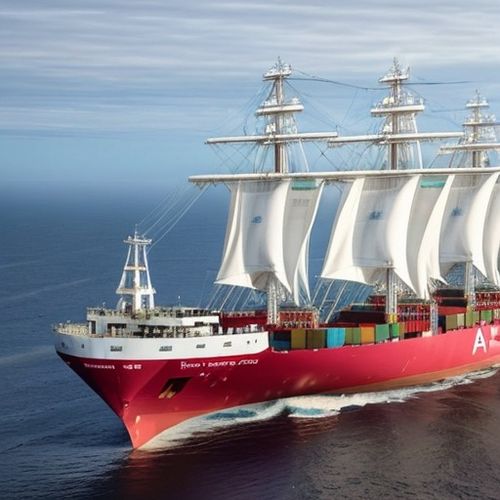
By Joshua Howard/Feb 7, 2025

By Sophia Lewis/Feb 7, 2025
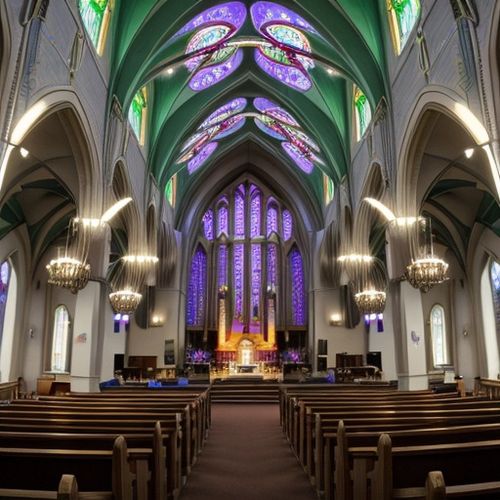
By Natalie Campbell/Feb 7, 2025
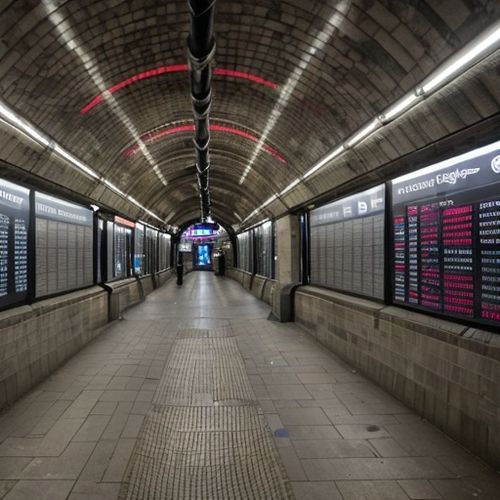
By Sarah Davis/Feb 7, 2025

By Amanda Phillips/Feb 7, 2025

By Daniel Scott/Feb 7, 2025

By Elizabeth Taylor/Feb 7, 2025

By Laura Wilson/Feb 7, 2025
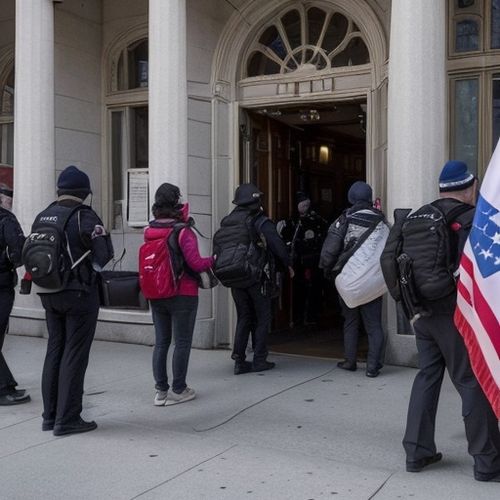
By Laura Wilson/Feb 7, 2025
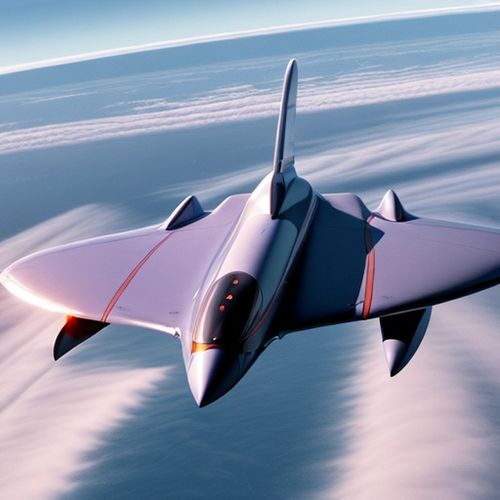
By Rebecca Stewart/Feb 7, 2025
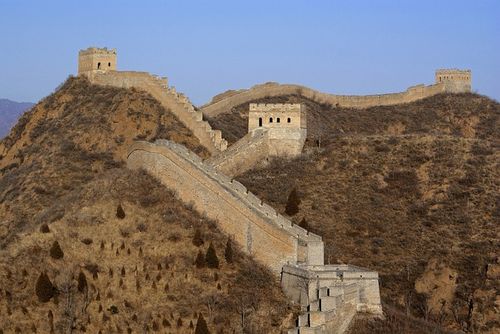
By John Smith/Jan 1, 2025

By Joshua Howard/Jan 1, 2025
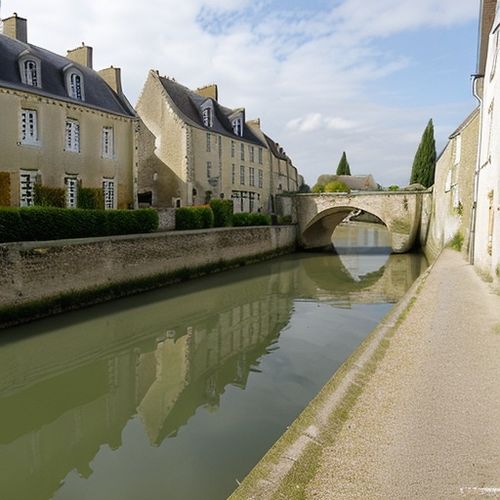
By Emma Thompson/Jan 1, 2025

By Noah Bell/Jan 1, 2025

By Joshua Howard/Jan 1, 2025

By Emily Johnson/Jan 1, 2025

By Emma Thompson/Jan 1, 2025

By Victoria Gonzalez/Jan 1, 2025
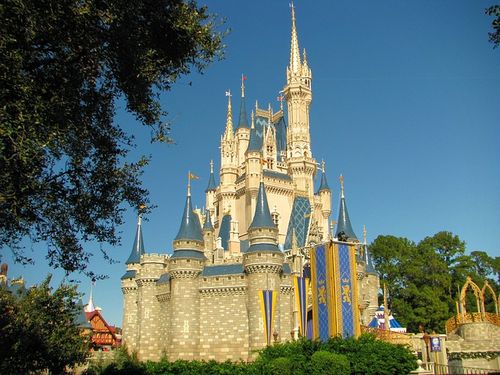
By Lily Simpson/Jan 1, 2025
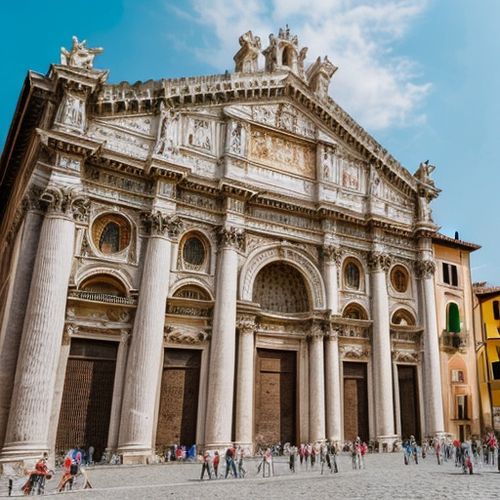
By Benjamin Evans/Jan 1, 2025